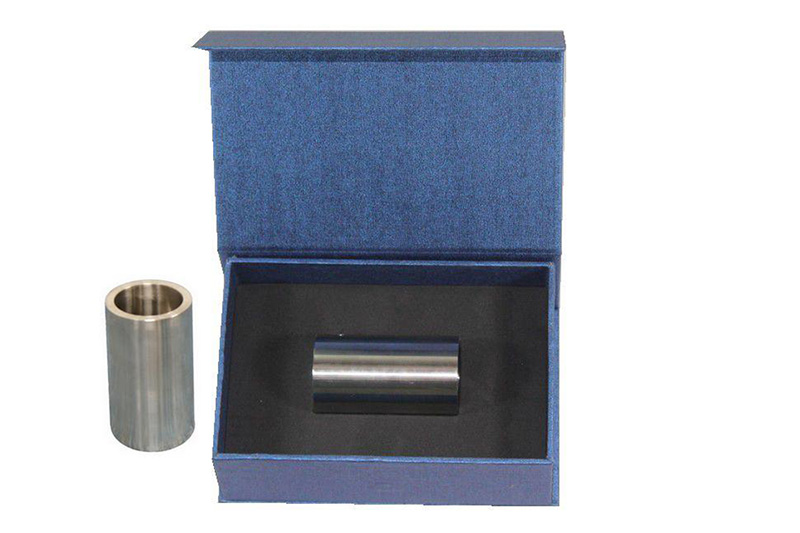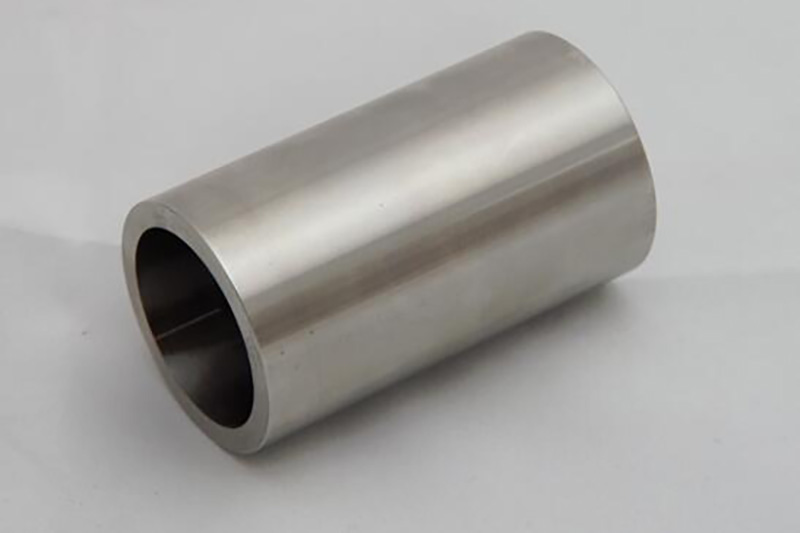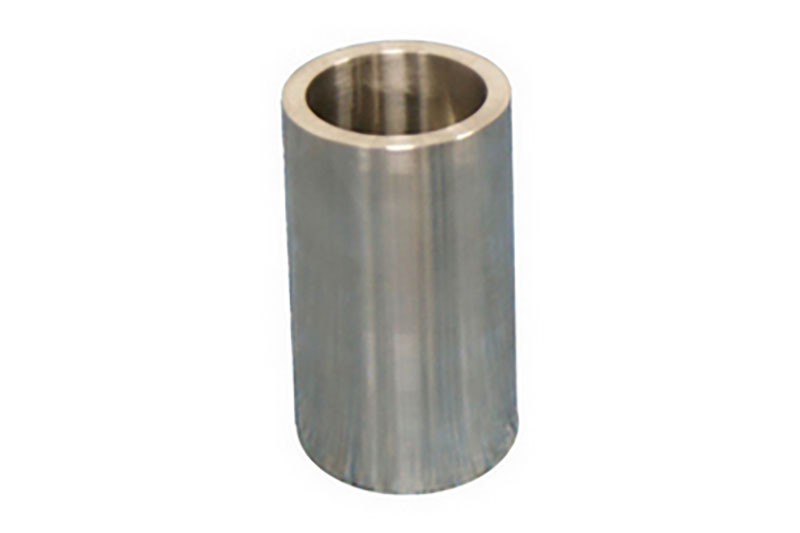What does Small Part Cylinder do?
What does Small Part Cylinder do?
Small Part Cylinder is used to simulate the throat of a child under 3 years of age to assess whether a toy has a risk of suffocation caused by a child’s accidental ingestion of an object after use and reasonable abuse.
Apply
It is used to simulate the throat of a child under 3 years of age to assess whether the toy has a risk of suffocation caused by the child’s accidental swallowing of objects after use and reasonable abuse.
Complies with standards: ASTM F963 4.6, EN71-1998 8.2, GB6675-2003 A.5.2, 16 CFR 1501

Method
Test the Procedure
1.The test object is placed in the small object tester in different directions under the influence of its own weight.
2.If the test object is completely submerged in the small object tester, it is considered a small object.


How to use and understand
1.In the absence of external pressure, disassembled parts or detached parts from toys played by children under 3 years of age are placed in the small object tester, and if this part is passed, it is considered a small object.
2.In view of the fact that foam is easy to break and produce small objects, it is recommended that toys suitable for children under 3 years old should not use foam packaging.
3.In particular, although the ornaments on toys can improve the attractiveness of the toy, they may often be small objects.
4.Understanding of toy fragments: The overflow edge of the toy plastic edge and any parts that fall off during the test are toy fragments.
5.Understanding of wood toys: Because there are natural wood joints in wooden toys, wood joints are generally easier to fall off than other non-wood parts, and must be assessed.Since the wood knot is a natural existence, not every toy has a wood knot, so the wooden toy inspection should be filled Consider the reasonableness of sampling and inspection.
6.The small object test includes parts that have fallen off during normal use and foreseeable reasonable abuse testing.
7.Before the small object test, we must first understand the definition of detachable parts, carry out the detachable test of parts, disassemble all the parts that can be removed, and then carry out the small object test of the disassembled parts.
Judgment: If the test sample can be completely accommodated into the test cup by its own weight at any angle without external force, the part is judged to be a small object, otherwise it is not a small object.
Records: (1) Mark unqualified products;
(2) Record the inspection results in detail in the report.
Precautions
1.Toys used by children under the age of three must not be designed with detachable small objects.Of course, there can be non-detachable small parts, but the key is how to connect the small parts to the body of the toy so that they do not fall off during normal use tests and reasonable abuse tests.
2.Toys used by children aged 3 to 8 are recommended to have warning instructions regardless of whether they are designed with small objects.
Age cut-offs
Age range Small items testing requirements
Under 36 months of age, no small parts can be present on the toy.
37 months ~ 72 months Small parts can be present on the toy, but there must be a warning statement.
More than 73 months Small parts can be present, and no warning is required.
Application Industry
All kinds of children products can be tested on the Small Part Cylinder

